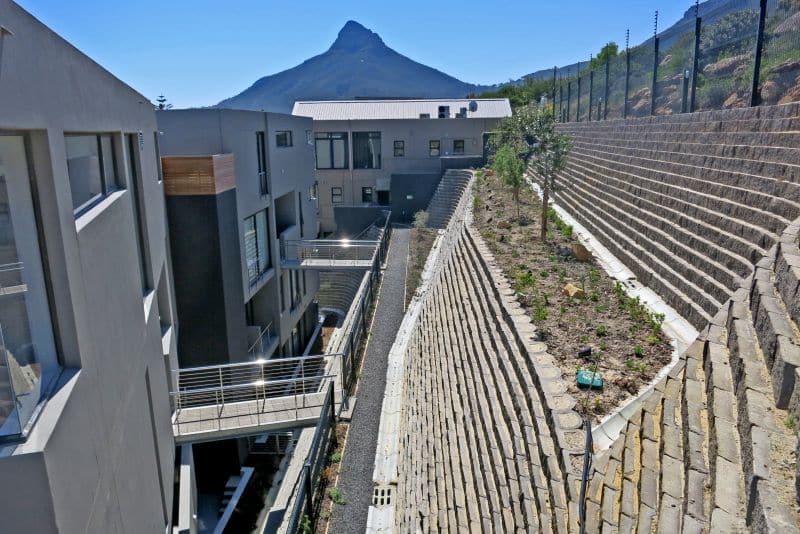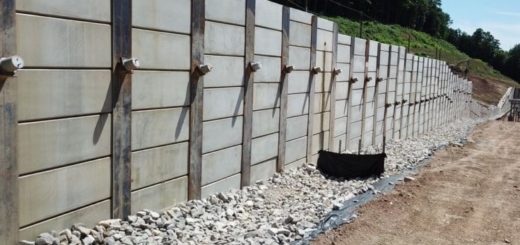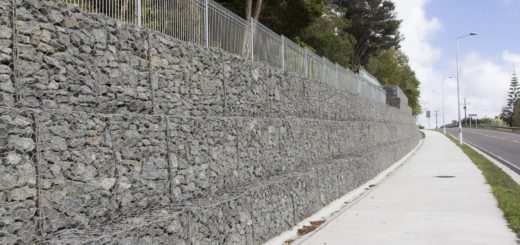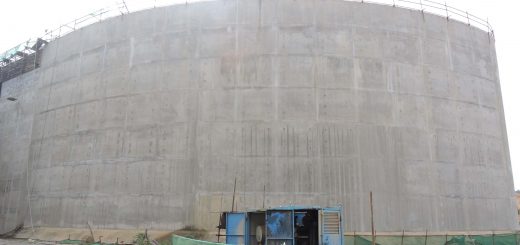At Rest Earth Pressure | for Retaining Structures
Civil engineers and structural engineers are often tasked with ensuring the stability of structures built on or near slopes, such as road embankments and retaining walls. To fully understand the forces affecting these structures, it is important to consider soil mechanics, specifically At Rest Earth Pressure. This blog post will provide civil and structural engineers with an overview of At Rest Earth Pressure, its application and its importance in resilient and stable design.
At rest earth pressure is the pressure that soil exerts on a structure when the soil is at rest. This pressure is caused by the weight of the soil above the structure and the weight of the soil below the structure. The pressure from the soil below the structure is typically greater than the pressure from the soil above the structure. This is because the soil below the structure is typically denser than the soil above the structure.
At rest earth pressure is typically considered to be static pressure. However, it is important to note that at rest earth pressure can also be dynamic. Dynamic at rest earth pressure occurs when the soil is in motion, such as during an earthquake. Dynamic at rest earth pressure is typically much greater than static at rest earth pressure.
At rest earth pressure is an important force to consider in the design of structures built on or near slopes. This is because at rest earth pressure can cause a structure to slide down a slope. To prevent this, civil and structural engineers must design structures that can resist the at rest earth pressure.
There are several ways to resist at rest earth pressure. One way is to use anchors. Anchors are devices that are installed into the soil and used to prevent a structure from sliding downslope. Another way to resist at rest earth pressure is to use guy wires. Guy wires are cables that are installed around a structure and used to provide support to the structure. Guy wires are typically installed at the top of a structure, while anchors are typically installed at the bottom of a structure.
At rest earth pressure is an important force to consider in the design of slopes and retaining walls. By understanding at rest earth pressure, civil and structural engineers can design more stable and resilient structures.
Further reading on the later earth pressure coefficient could be made for this article.




